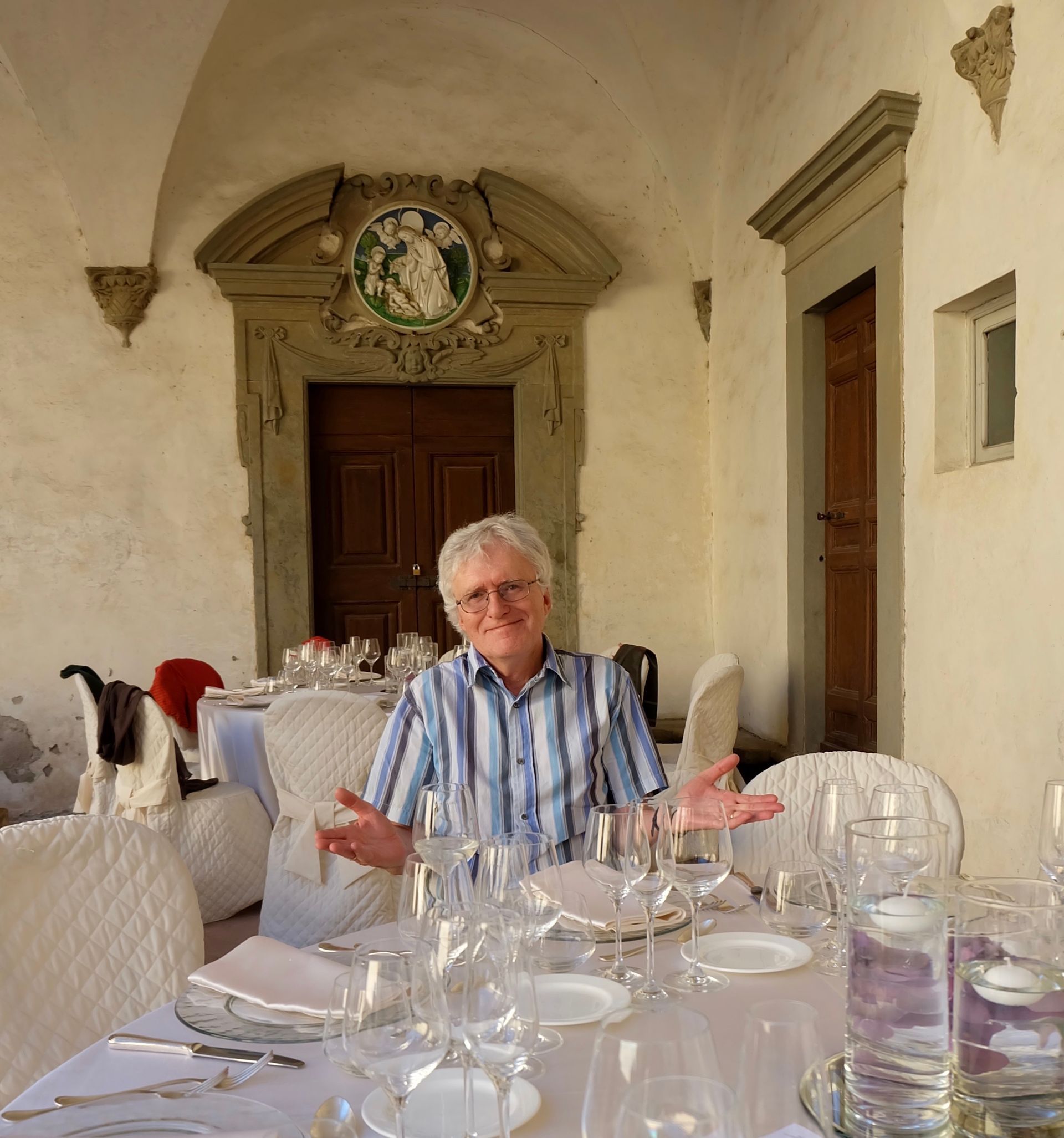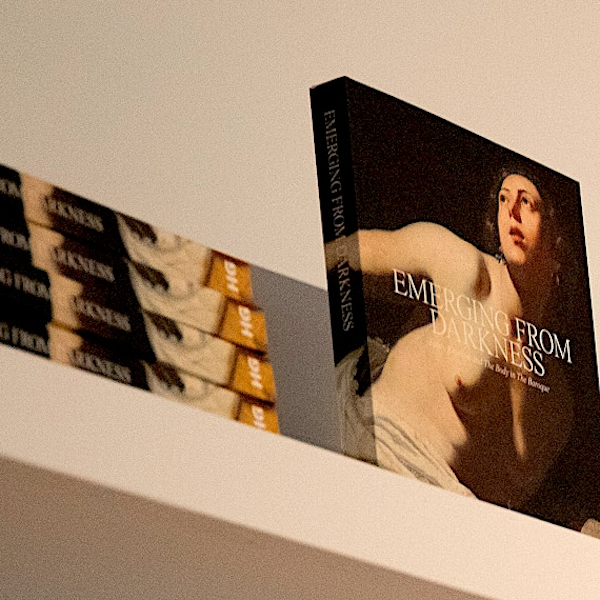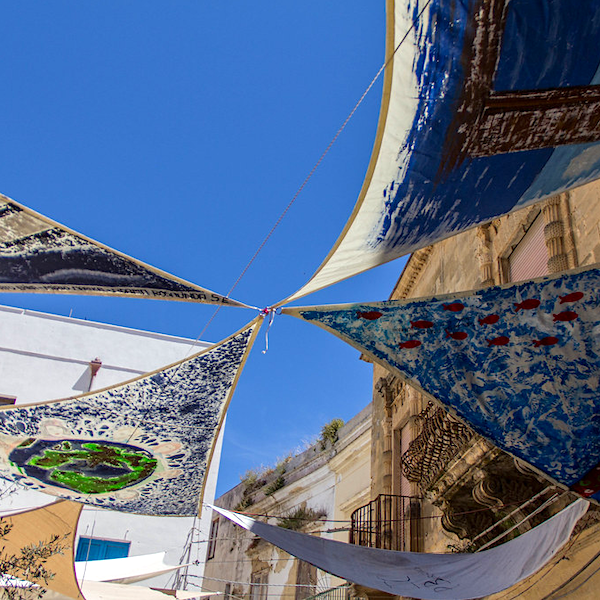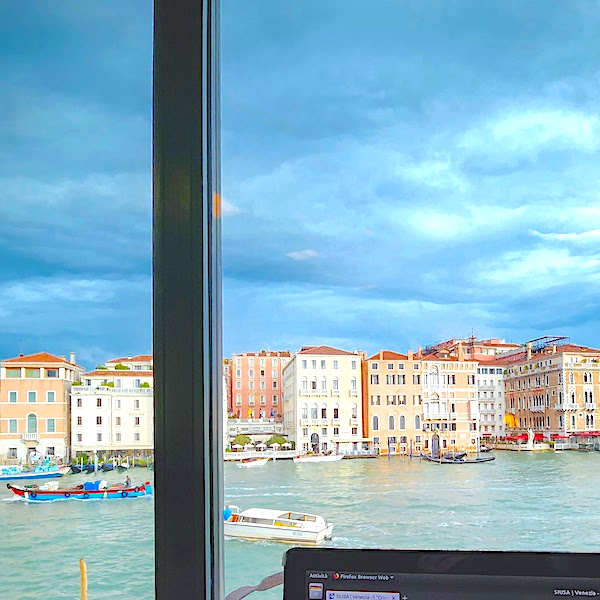Migration to Australia: recent arrivals from Italy
Riccardo Armillei and Bruno Mascitelli write ...
 Between 1945 and 1983 some 400,000 Italians, usually unskilled and with limited education, came to Australia as ‘permanent and long term arrivals’, most arriving between 1952 and 1970. Thereafter the annual intake fell steadily. However, in recent years Australia has become a destination for a new generation of migrants from Italy – this time young highly-educated Italians seeking fresh opportunities. The earlier wave has been exhaustively studied by demographers, linguists and sociologists but little is known or understood about the recent migrants. While their small numbers hardly indicate a new ‘boom’ time ( pace
Dalla Bernadina, Grigoletti & Pianelli, 2013; Grigoletti & Pianelli, 2014, Marchese, 2014), their experiences are nonetheless worthy of investigation. To this end, we used surveys and focus groups to examine the temporary and permanent migration from Italy to Australia over the period between 2004, when the so-called Working Holiday Arrangement between the two states was agreed, and 2016 (Armillei & Mascitelli, 2016).
Between 1945 and 1983 some 400,000 Italians, usually unskilled and with limited education, came to Australia as ‘permanent and long term arrivals’, most arriving between 1952 and 1970. Thereafter the annual intake fell steadily. However, in recent years Australia has become a destination for a new generation of migrants from Italy – this time young highly-educated Italians seeking fresh opportunities. The earlier wave has been exhaustively studied by demographers, linguists and sociologists but little is known or understood about the recent migrants. While their small numbers hardly indicate a new ‘boom’ time ( pace
Dalla Bernadina, Grigoletti & Pianelli, 2013; Grigoletti & Pianelli, 2014, Marchese, 2014), their experiences are nonetheless worthy of investigation. To this end, we used surveys and focus groups to examine the temporary and permanent migration from Italy to Australia over the period between 2004, when the so-called Working Holiday Arrangement between the two states was agreed, and 2016 (Armillei & Mascitelli, 2016).
As well as encouraging closer relations between the two countries, the post-war emigration of Italians to Australia played a key role in transforming Australia economically, socially, and culturally. Italians contributed greatly to transforming the population make-up of Australia (Castles et al. 1987, p. 35; Phillips, Klapdor & Simon-Davies, 2010), becoming the second-largest migrant group after the ‘Anglo-Celtic’ segment of the overseas‐born population (UK, New Zealand and Ireland). Despite their limited command of English, they became the most numerous non-English-speaking immigrants in the labour market, becoming particularly prominent in city markets, restaurants and the smallholdings that supplied them. The ‘chain-migration’ element in the overall program reinforced this new diversity, as people joined other family or community members who had already migrated.
However, the Italian migration of that period is a closed chapter in Australian migration history. In line with its concern to expand relations with its Asian neighbours, Australia now embraces the migration sources, particularly China and India, that it rejected in the period of the White Australia Policy. While European migrants represented the main components of Australian migration population growth and diversity until the 1980s, the 1990s saw the entry of Vietnam, China and the Philippines into the list of top 10 source countries (Phillips, Klapdor & Simon-Davies 2010). Currently, five out of the top ten overseas countries of birth are Asian countries. The number of Australian residents born in China or India has increased exponentially in the last two decades (by 457 per cent and 334 per cent, respectively). At the same time, the number of migrants born in Italy continued to diminish: by 2011 it had declined from its peak of 289,476 in 1971 to 185,401 (its lowest level since 1954), a decrease of almost 36 per cent (Department of Immigration and Border Protection [DIBP], 2014). Between 2011 and 2015, however, a slight increase (6.9 per cent or 12,799) was recorded, taking the total to 198,200 (ABS, 2015) and adding a new stream to an Italian community defined largely by the descendants of the earlier post-war migrants.
Despite the obvious differences between the contexts of departure in 1950 and 2016, this recent migratory movement, of predominantly temporary character, has often been compared to the Italian migration of the 1950s and 1960s. Yet neither the patterns or consequences of the exodus from Italy nor the experiences of the new migrants in Australia has been examined carefully. This study, which seeks to redress this gap in our knowledge, is based on a survey of newly arrived Italians. Between January and May 2016, more than six hundred online surveys were collected among those who had arrived in Australia since 2004. Focus groups were also conducted with ‘new Italian migrants’ and migration agents in order to ensure validation of the results of the online survey responses.
This research was designed to cover the nature of this ‘new’ migration, its differences from the sources of the traditional Italian-Australian community, the social inclusion process and ensuing options, opportunities and problems. While acknowledging the existence of an increase in Italians coming to Australia, the investigation also aims to show that recent references to this new phenomenon are based on an overstatement of what the data demonstrate and, equally, of its likely prospects for the future. The contribution of the Italian cohort of migration to the national permanent population in Australia is rather low, as shown by Table 1 snapshot (below).
Table 1: Main Visa Categories 2004-2015. Visas Granted to Italian Citizens [1]
| Category | 2014-15 | Change from 2013-14 | 2014-15 as a % of Australian Total | Total Italy 2004-15 | % of Australian total 2004-15 |
| Temporary Entry (TE) | |||||
| Visitor Visa | 54,954 | 0.1% | 1.3% | 587,496 | 1.5% |
| 417 Working Holiday Visa | 14,138 | -11.9% | 6.2% | 83,462 | 4.2% |
| 457 Business Long Stay | 2,110 | 31.2% | 2.2% | 11,681 | 1.1% |
| Student Visa | 5,602 | 24.3% | 1.9% | 24,797 | 0.9% |
| Migration Program (MP) | |||||
| Partner | 521 | 11.6% | 1.1% | 3,691 | 0.8% |
| Employer Sponsored | 636 | 37.1% | 1.3% | 3,221 | 0.8% |
| Skilled Independent | 97 | 6.6% | 0.2% | 795 | 0.2% |
| State/Territory Nominated Visa Classes |
71 | 69.0% | 0.3% | 297 | 0.2% |
[1] Some visa categories were too small and were not counted. Percentages may not add up to 100%.
Source: Armillei and Mascitelli (2016)
In broad terms, the Italian share of the Australian Temporary visa program between 2004 and 2015 was very small: a mere 1.5% of the total (this figure is calculated by looking at the four major temporary visa subclasses as shown in Table 1.1). In terms of the Italian contribution to the national Migration Program, the figure is lower still, at 0.5%, with 8,711 visas granted of the total of 1,832,548.
The analysis of the survey data confirms the dominant trend that sees a consistent part of Italians (almost fifty percent) arriving in Australia through the Working Holiday (WH) visa program. This group was followed by 13% of Italian nationals on a Student visa and 12% on a ‘457’ visa. Most (83%) of the survey participants were young (aged 18-40), highly educated, with 60% holding either a bachelor degree, a master degree, or even a PhD. The social differentiation which emerged from this survey indicated 24% had been white-collar employees, 17% professionals, 15% students (without scholarship) and 12% blue-collar workers. 13% of the participants were involved in the hospitality industry, another 13% in the education and training sector, 12% in arts, design and entertainment, and 10% in architecture or engineering. While many respondents indicated that one of the main reasons for coming to Australia was to find better job opportunities, it was the category ‘to have a new life experience’ which attracted the greatest number of responses (52%). Interestingly, only a small group (9%) were unemployed before moving to Australia.
The rise of China as a global economy and power has made a China-Australia trade corridor an attractive prospect for the Australian economy. A two-way trade and investment relationship has developed: ‘today, China is Australia’s largest trading partner in terms of both imports and exports. Australia is China’s sixth largest trading partner’ (Holmes, 2013 ca., para. 3). The early 2000s also saw increasing levels of Chinese investment in Australia to an extent that began to threaten the normally strong levels of European and USA foreign direct investment into Australia. Growing levels of Chinese migration followed closely. The Australia-China relationship began to acquire strategic importance, later quantified in the 2015 Free Trade Agreement between the two countries. Australian leaders recently acknowledged that ‘the trade treaty is fundamental to the nation’s future prosperity as it opens up markets for local companies to exploit China’s growing middle class and the ensuing consumption economy’ (China Daily 2016). In other words, projected to grow by more than 850 million by 2030, China’s middle class represents Australia’s ‘mega-market’ (Callick, 2016).
Italian and Chinese migrations represent two unique cases in Australian history. At their different times, both groups have made important contributions to the development of Australia’s population and economy. While the new Italian cohort of migrants has been met with little or no interest, increasing attention is now focusing on the growing wave of Chinese settling in Australia. Italy and other European countries were the privileged sources of migrants particularly after the end of the Second World War. The fact that by 2006 the number of China-born Australians had overtaken the Italian-born Australians symbolizes the accomplishment of Australia’s efforts to re-position itself in the Pacific region. It seems unlikely that the very limited increase in Italian immigration, even though it marks a reversal of the trend over the past three decades, will have any impact on that development.
References
Armillei, R. & Mascitelli, B. (2016). From 2004 to 2016 – A new Italian ‘exodus’ to Australia? Report for the COMITES (Committee of Italians Abroad) of Victoria and Tasmania.
Australian Bureau of Statistics. (2015). 3412.0 – Migration, Australia, 2014-15 .
Callick, R. (2016, April 9). China’s growing middle class our mega-market. The Australian.
Castles, S., Cope, B., Kalantzis, M., & Morrissey, M. (1990). Mistaken identity: Multiculturalism and the demise of nationalism in Australia (2nd ed.). Sydney: Pluto Press.
China Daily USA. (2016, January 28). Businesses see China-Australia trade corridor attractive.
Dalla Bernadina G., Grigoletti G., & Pianelli S. (2013). Australia solo andata, 2013, Rapporto Italiani in Australia 2013 [Australia solo andata, 2013, Report on Italians in Australia].
Department of Immigration and Border Protection. (2014). The People of Australia Statistics from the 2011 Census .
Grigoletti, M. & Pianelli, S. (2014). Rapporto Italiani in Australia 2014. Australia Solo Andata.
Holmes, A. (2013 ca.). Australia’s economic relationships with China .
Marchese, D. (2014, November 28). Economic devastation in Europe prompts new wave of Italian migration to Australia. ABC.
Phillips, J., Klapdor, M. & Simon-Davies, J. (2010). Migration to Australia since Federation: a guide to the statistics . Parliament of Australia: Department of Parliamentary Services.








